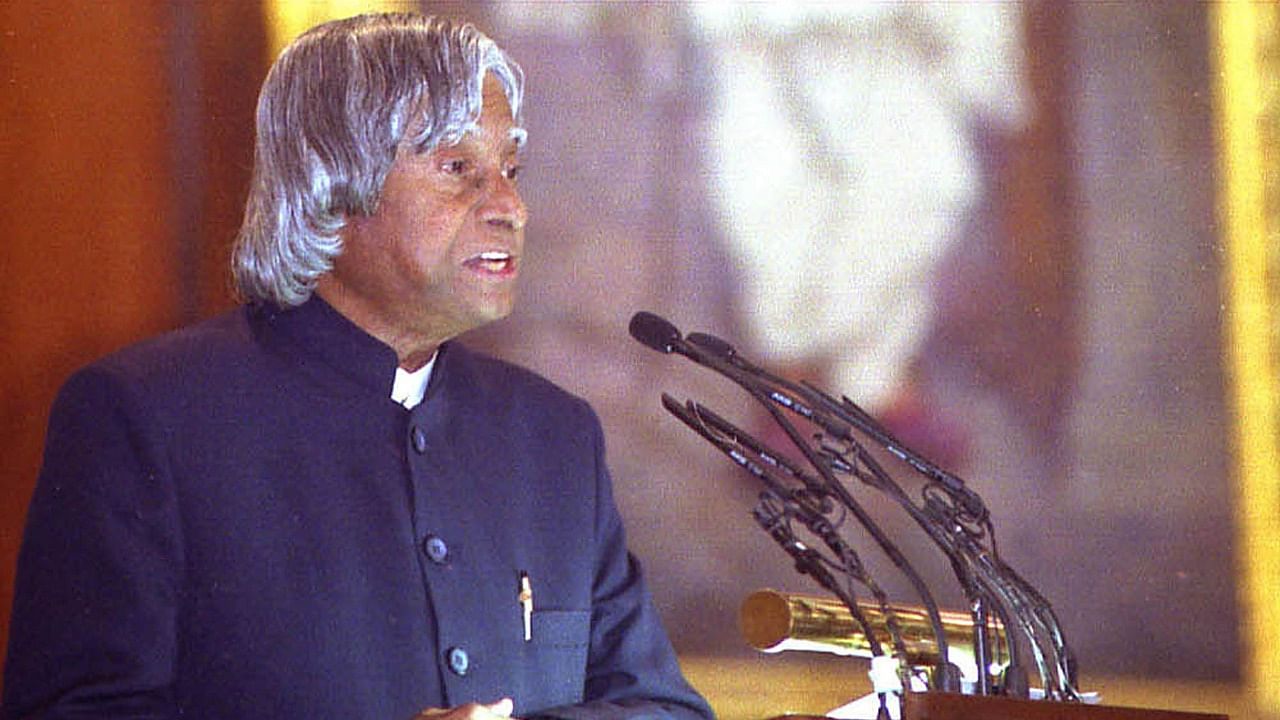
The historical nuclear bomb trials at Pokhran on May 11, 1998, angered the US and sanctions were imposed against India. One major sufferer of this sanction was the indigenous Light Combat Aircraft (LCA) program.
The US companies, General Electric which was providing the engine and Martin Marietta which was co-developing the Flight Control System of LCA, were compelled to stop their support. Both the heart and the brain of the LCA were throttled. European nations joined the US in imposing sanctions against the indigenous engine development programme--Kaveri.
At this juncture, Abdul Kalam who was DG of DRDO decided to boost the morale of the scientists working on the LCA program. He initiated periodical review meetings of LCA at Bengaluru.
Kalam preferred taking the last flight of Indian Airlines from Delhi to Bengaluru reaching at 10:20 pm, on the previous day of such review meetings. Soon after deplaning at the HAL airport, he would visit the hangars that were building LCA. Prior to one such review meeting, we were struck with a complaint of a fuel leak from the aircraft tank. The issue got serious when the test pilot refused to take the aircraft for the next ground run. We were convinced that it was not a leak, and only sweating at the fuselage tank joint, that could be fixed.
Working late nights was not uncommon for the LCA team in those days. On that night, Kalam visited the hangar straight from the airport. The technicians focused a powerful light to draw his attention to the problem area. A tethered camera was capturing the spot for video display on the computer screen. Kalam added his usual wit and humour to our discussions on sweating and leaking. His experience on the issue was strengthening our line of argument.
Kalam took time to enquire after the wellbeing of technicians who were under the aircraft landing wheels. While we were busy with the discussions Kalam had quietly slipped under the wheels of the aircraft. He touched and personally felt the fuel sweat on the fuselage tank. He got up and smilingly said to the onlookers – "Now I can convince the pilot and the flight test team tomorrow in the meeting.
There is no fuel leak, and the aircraft is safe for ground run." Feeling the surprise on our face, he added further, "See, you cannot fix the fuel tank on top of the aircraft for my convenience. Aircraft tanks are always positioned underneath. If one needs to understand a problem, he or she should personally visit the location." That was Kalam and his down to earth approach in resolving technical issues.
No need to mention here that pilot was convinced and LCA prototype had its ground run the next day.